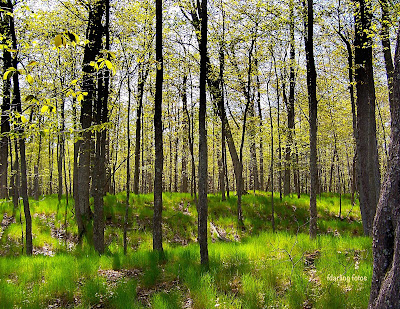 |
| Witnessing Bullying Can Be Damaging to Other Children |
While talking with young children about bullying they often share how upset and helpless they feel that no one comes forward to help. Adults are disappointed and hurt about this, too. They know witnessing bullying can be just as, if not more, damaging to the other children as the victims. Caregivers face a dilemma when children witness bullying – keeping the witnesses safe but wanting children to help stop the bullying. Experts have research results and advice to help.
Start Conversations
A good time to talk with children about how to stop bullying is when they witness the act. Bystanders have the most power to put an end to bullying! Three out of ten children are either a bully or a victim, which means seven out of ten children are witnesses. Caregivers of young children can empower those seven children to help stop bullying.
 |
| Talking To Children Helps: Bystanders |
When peers step in, bullying stops within ten seconds 57% of the time according to a study by Hawkins, Pepler and Craig. It makes sense to teach young children to be defenders.
Talk openly about how to handle the situation to give children positive ways to deal with it. Children can understand what an important role they play as a bystander. Role play a situation where they have a chance to be the bystander and help them imagine how they would feel if they were being bullied. Ask what they would expect from others if they were the victim. Talk about how much it can hurt and why it is important to stop bullying. Encourage children to be kind to the victims and perhaps spend time with them.
Words and Actions
Talk about how bullies love an audience. Help children find ways to take the audience away. They can encourage everyone to do a different activity or quietly walk away to find an adult. Explain that they should never put themselves in the position to be bullied or not feel safe, however. Assure them it is “ok” to tell an adult, and it is the right thing to do. Explain the difference between tattling (reporting unimportant things to get someone in trouble) and telling (reporting important events to keep someone safe).
 |
| Training Calms Children's Fears |
Without training young children are afraid to tell because they fear becoming the victim or that bullying may get worse. Help children be assertive and confident. Practice saying loudly and forcefully, “No, we don’t like that!” or “Stop! What you are doing is bullying, and it isn’t right!” Be sure your children understand to only speak up if they feel comfortable and safe to do that. Otherwise, get help. These skills help foster adults who will be involved, responsible, and caring members of society.
For more since 2009 (archived) see grandparentsteachtoo.blogspot.com, wnmufm.org/ Learning Through the Seasons, Facebook, and Pinterest.
Photos: Fran Darling, fdarling fotos


